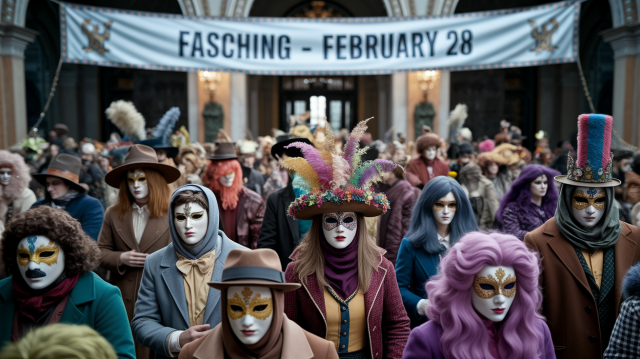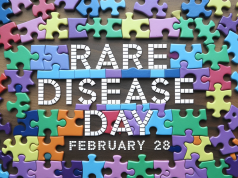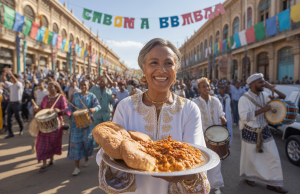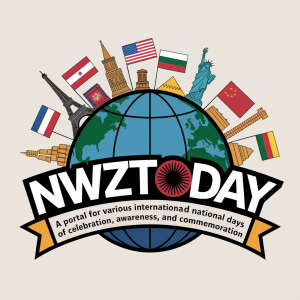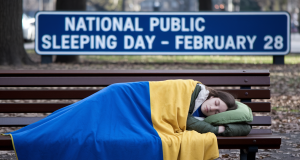When it comes to exuberant celebrations and age-old traditions, Fasching takes the crown as one of Germany’s most colorful and lively festivals. Mark your calendars for February 28, 2025, because this is the day when the streets will come alive with vibrant parades, whimsical costumes, and infectious laughter. But what exactly is Fasching, and why is it celebrated with such gusto? Let’s dive into the fascinating world of this unique carnival.
What is Fasching?
Fasching, also known as Karneval or Fastnacht in different regions of Germany, is the country’s version of Carnival, celebrated with zeal and imagination. It marks the lead-up to Lent, the 40-day period of fasting and reflection observed in Christianity. Fasching is essentially a time to enjoy life to the fullest before the solemnity of Lent begins. Think of it as the German equivalent of Mardi Gras, brimming with merriment, music, and a healthy dose of satire.
The History and Significance of Fasching
The roots of Fasching can be traced back to pagan traditions, where people celebrated the end of winter and the arrival of spring. Over time, these festivities were integrated into Christian customs, aligning with the pre-Lenten period. The carnival became a platform for people to let loose, poke fun at societal norms, and indulge in revelry before the restrictions of Lent.
Fasching holds a special place in German culture, as it reflects the country’s rich history and its people’s love for humor and creativity. It’s a time when social hierarchies are turned upside down, with jesters and fools ruling the day, reminding everyone to take life a little less seriously.
How is Fasching Celebrated?
Fasching celebrations vary across Germany, but the essence remains the same: fun, freedom, and festivity. Here’s what you can expect on February 28, 2025:
- Parades: Streets are transformed into a moving carnival with elaborate floats, marching bands, and performers. The floats often feature satirical themes, humorously critiquing politics and society.
- Costumes: Dressing up is a must! From whimsical masks to outlandish outfits, people of all ages participate, celebrating their creativity and individuality.
- Music and Dance: Traditional music and lively dances add to the festive atmosphere, with everyone joining in the fun.
- Food and Drinks: Indulgence is key during Fasching. From hearty German sausages to sweet pastries like Krapfen (jam-filled doughnuts), there’s no shortage of delicious treats.
Fun Facts About Fasching
- In some regions, Fasching officially begins on November 11 at 11:11 AM and culminates in February or March, depending on the year.
- The “Carnival Prince and Princess” are symbolic leaders of the celebrations, adding a royal touch to the festivities.
- Each major city, like Cologne and Mainz, has its own unique Fasching traditions, making every celebration distinct.
Join the Festivities!
Fasching is more than just a festival; it’s a celebration of life, laughter, and liberty. Whether you’re in Germany or simply seeking inspiration to embrace joy and creativity, let Fasching 2025 be your excuse to don a costume, dance like nobody’s watching, and indulge in the festive spirit.
So, what are you waiting for? Start planning your Fasching outfit, gather your friends, and get ready to immerse yourself in a carnival like no other. February 28, 2025, is your chance to experience the magic of Fasching firsthand!


